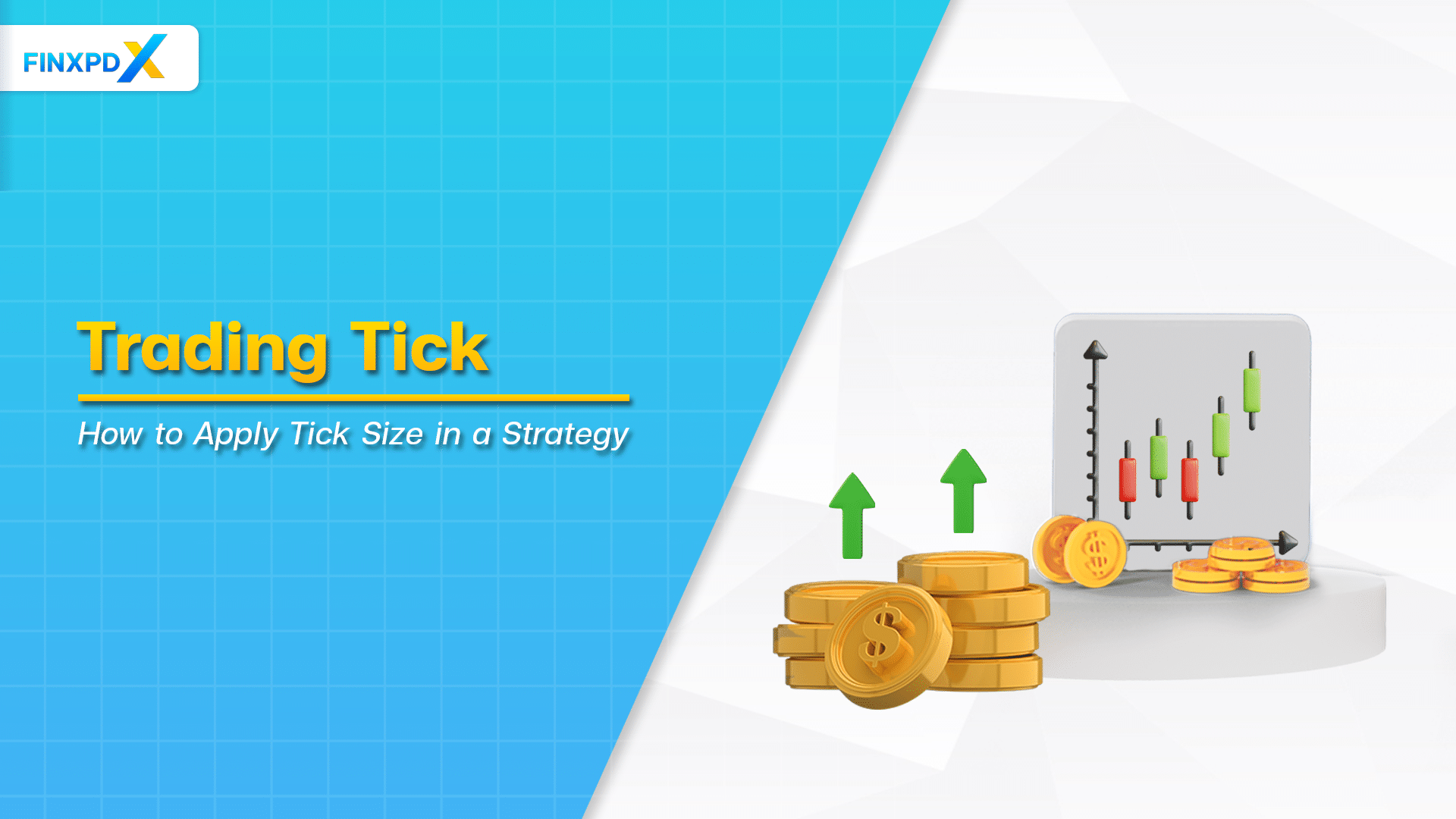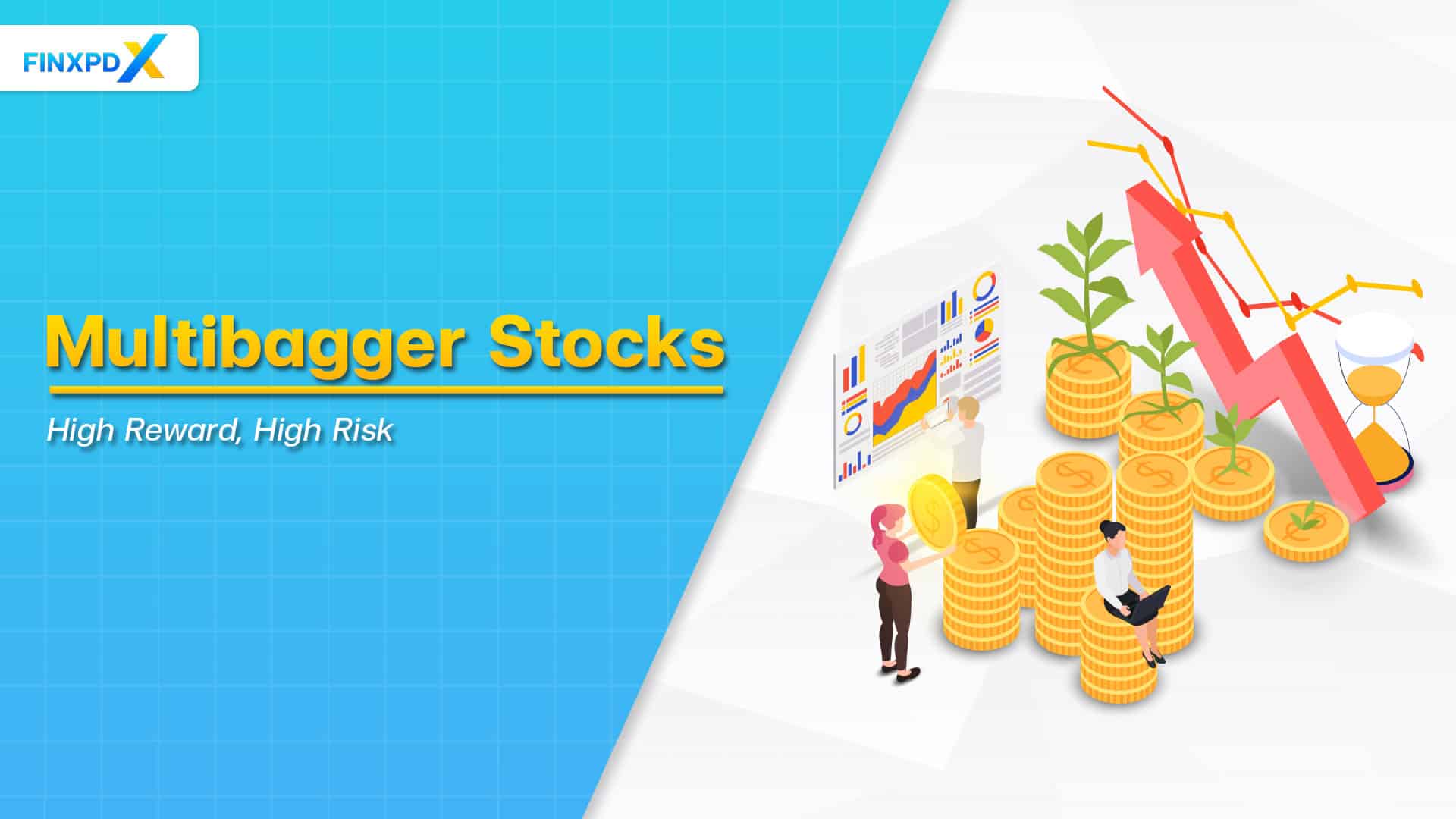Trading tick refers to the practice of making trades based on the smallest possible price movement. High-frequency traders often employ this technique, requiring a deep understanding of market mechanics and tick sizes.
This article will explore the intricacies of trading ticks, including their definition, workings, and risks. Whether you’re a seasoned trader or just starting, understanding tick size can help enhance your strategies and improve your market analysis.
What Is Trading Tick?
Trading tick is a specialized trading strategy that capitalizes on the smallest possible price movement in a financial market, known as a “tick.” Each tick represents the minimum price increment at which a security can be traded. Traders who use this strategy aim to capitalize on these small price fluctuations to generate profits. This type of trading is typically fast-paced and requires high precision and market awareness.
Key Takeaways
- Trading tick is a strategy based on the smallest possible price movement, known as a “tick.”
- Trading in tick size primarily aims to capitalize on minor price fluctuations to generate profits through high-frequency trades.
- Tick size is the minimum price increment a security can move, influencing liquidity and trading strategies.
- Tick size is measured differently across markets, often defined by regulatory bodies or contract specifications.
- Risks associated with trading tick include market volatility, execution delays, and increased transaction costs.
What Is Tick Size?
Tick size is the smallest increment by which the price of a security can change. It varies across different markets and types of securities. For example, in stock markets, tick sizes can be as small as one cent, while in futures markets, they can differ based on the contract specifications. Tick size plays a crucial role in trading, affecting liquidity, spreads, and overall market dynamics.
How Is Tick Size Measured?
Tick size is a fundamental aspect of financial markets, defining the smallest possible price movement for a security. The measurement of tick size varies depending on the market and the type of security being traded.
Stock Markets
In stock markets, the exchange typically defines tick size, which can vary based on the stock’s price and liquidity. For example, in the U.S. stock market, the standard tick size for most stocks is one cent ($0.01). However, the tick size can be smaller for lower-priced stocks, while it might be larger for higher-priced or less liquid stocks.
Futures Markets
In futures markets, tick size is specified in the contract details and can vary significantly between different futures contracts. For instance, the tick size for a crude oil futures contract might be $0.01 per barrel, while an interest rate futures contract could be a fraction of a basis point.
Foreign Exchange Markets
Tick size in forex markets, often called a pip (percentage in point), is a key element in risk management. For most currency pairs, a pip is typically the fourth decimal place (0.0001), although for pairs involving the Japanese yen, it is the second decimal place (0.01).
How Does Trading Tick Work?
Trading tick manipulates small price movements, in financial markets using real-time data and advanced algorithms. These algorithms execute trades within milliseconds based on predefined criteria, making speed crucial. Traders often use high-speed internet and locate servers near exchanges to reduce latency. Traders execute a high volume of trades with small profit margins, continuously monitoring and adjusting positions using automated systems.
For instance, an algorithm might detect a stock fluctuating between $50.00 and $50.05, placing a buy order at $50.00 and a sell order at $50.05, securing small profits with each cycle. This process often relies on trading tick charts to visualize these small price movements and identify patterns. While this trading strategy offers consistent small profits and enhances market liquidity, it involves high transaction costs, technological dependence, and market volatility.
Risks Associated With Trading Tick
Trading ticks carry significant risks that traders must manage carefully. The list below are some of the primary risks associated with this trading strategy:
1. Market Volatility
Sudden and unexpected price movements can occur due to economic news, geopolitical events, or market sentiment changes. Such volatility can lead to significant losses, especially when trades are executed rapidly and in large volumes.
2. Execution Risk
Trading tick relies on the ability to execute trades quickly. The delay in execution, whether due to technical issues or high market activity, can result in missed opportunities. This risk is particularly high during periods of market stress.
3. Technological Dependence
This strategy requires advanced technology, including high-speed internet, sophisticated algorithms, and robust trading platforms. Technological failures, such as server crashes, connectivity issues, or software glitches, can lead to substantial losses.
4. High Transaction Costs
The high frequency of trades in this strategy leads to significant transaction costs, including commissions and fees. These costs can erode profits, making it crucial for traders to factor them into their trading strategies and manage them effectively.
5. Regulatory Risks
Changes in regulations or market rules can impact trading tick strategies. Regulatory bodies may impose new restrictions or modify existing ones, affecting how trades are executed and increasing compliance costs.
6. Liquidity Risk
Liquidity can diminish at times, especially in less active markets or during off-peak hours. This can make it difficult to enter or exit positions at desired prices.
7. Market Impact
The high volume of trades executed in this strategy can impact the market, particularly when placing larger orders. This volatility can lead to unfavorable price movements and affect the profitability of trades.
⚠️Tip: Since markets always evolve, regularly update your knowledge and strategies to stay competitive is crucial.
8. Psychological Stress
The fast-paced nature of this trading can be mentally and emotionally taxing. Traders need to maintain high levels of concentration and make quick decisions under pressure, which can lead to stress and burnout over time.
Conclusion
Trading tick leverages small price movements in financial markets, using advanced technology and rapid trade execution. It offers the potential for consistency, but also carries the drawbacks, like execution delays, high transaction costs, and technological dependencies. Thus, effective risk management and a robust infrastructure are crucial for success.
Deciding whether to engage in this type of trading is a question of experience, resources, and risk tolerance. This strategy is particularly suited to seasoned traders with sophisticated technology and the ability to monitor markets constantly. For those new to trading or lacking the necessary resources, it’s advisable to explore other less risky strategies. By understanding and managing these challenges, traders can seize the opportunities that trading tick presents.
FAQs
Trading tick is a high-frequency trading strategy that focuses on profiting from the smallest price movements in the market, known as ticks.
Tick size impacts a security’s liquidity and spread, influencing trading strategies and potential profits. Smaller tick sizes generally mean tighter spreads and higher liquidity.
Trading tick often involves advanced trading platforms, sophisticated algorithms, real-time market data, and high-speed internet connections.
Trading ticks are characterized by high frequency, small profit margins per trade, reliance on advanced technology, and the necessity for rapid execution and precise market analysis.
Those risks include market volatility, execution delays, high transaction costs, technological dependence, and psychological stress.
Related Articles:
- Balance Sheet: Explained Core Concepts Made Simple
- Fractional Investment: Small Shares, Big Profit
- Iceberg Order: A Great Strategy for Large-Scale Trading
- Mid-Cap Stocks: Hybrid Stocks for Growth and Stability
Read more: Stocks








